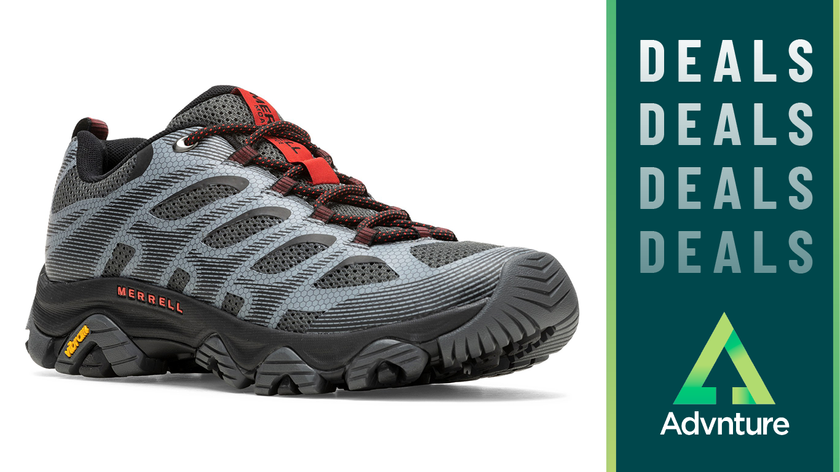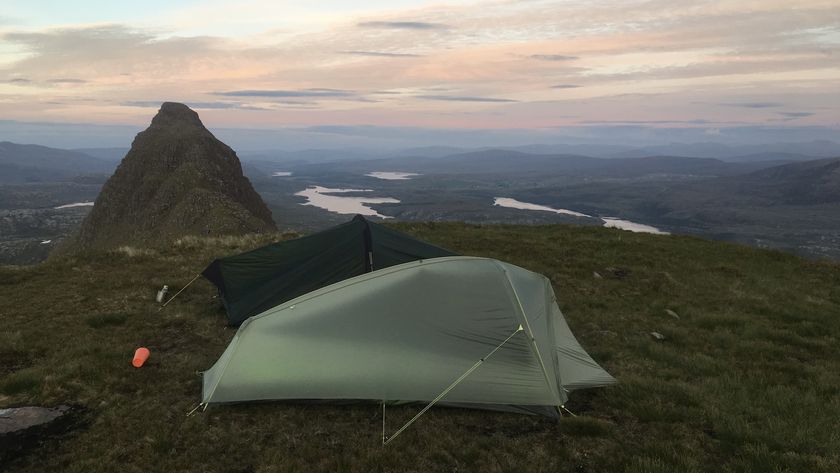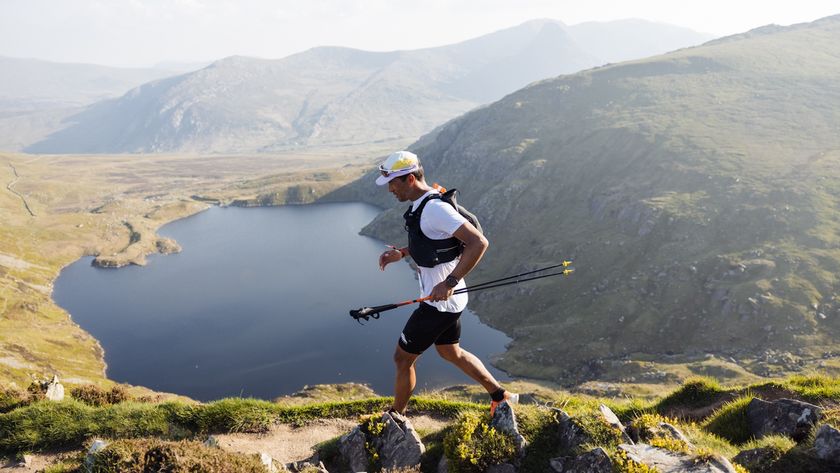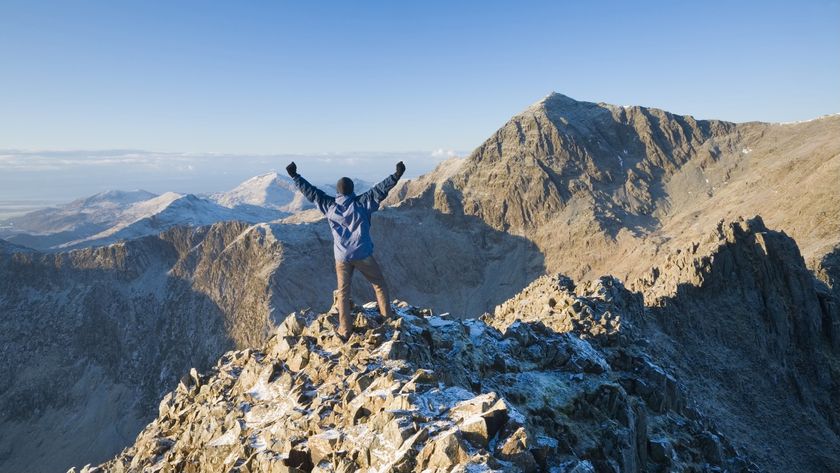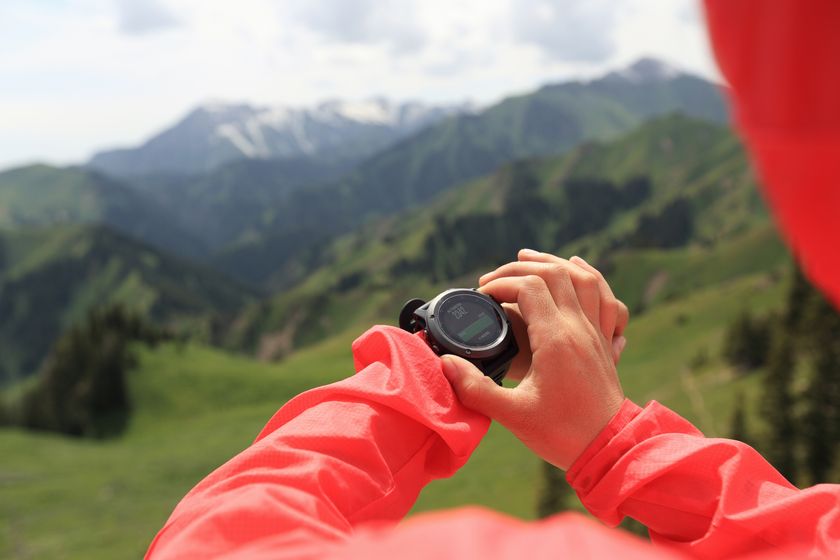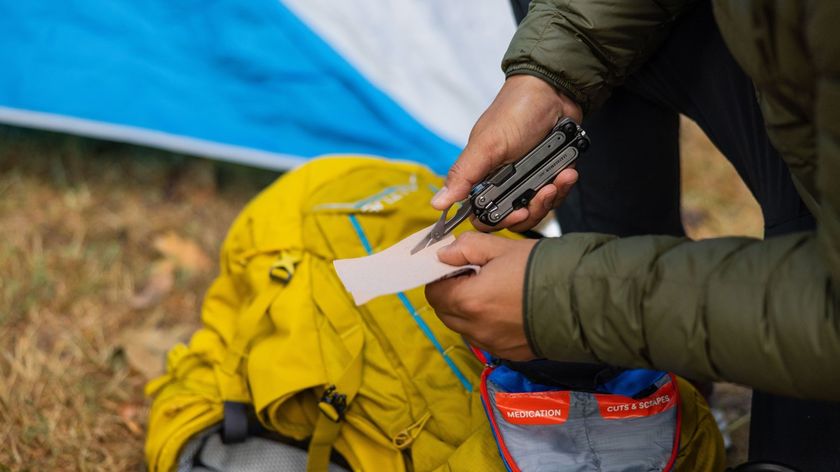6 common winter running mistakes – and how to avoid them
We reveal six typical errors of cold weather runners, with solutions that will keep you safe, warm and dry
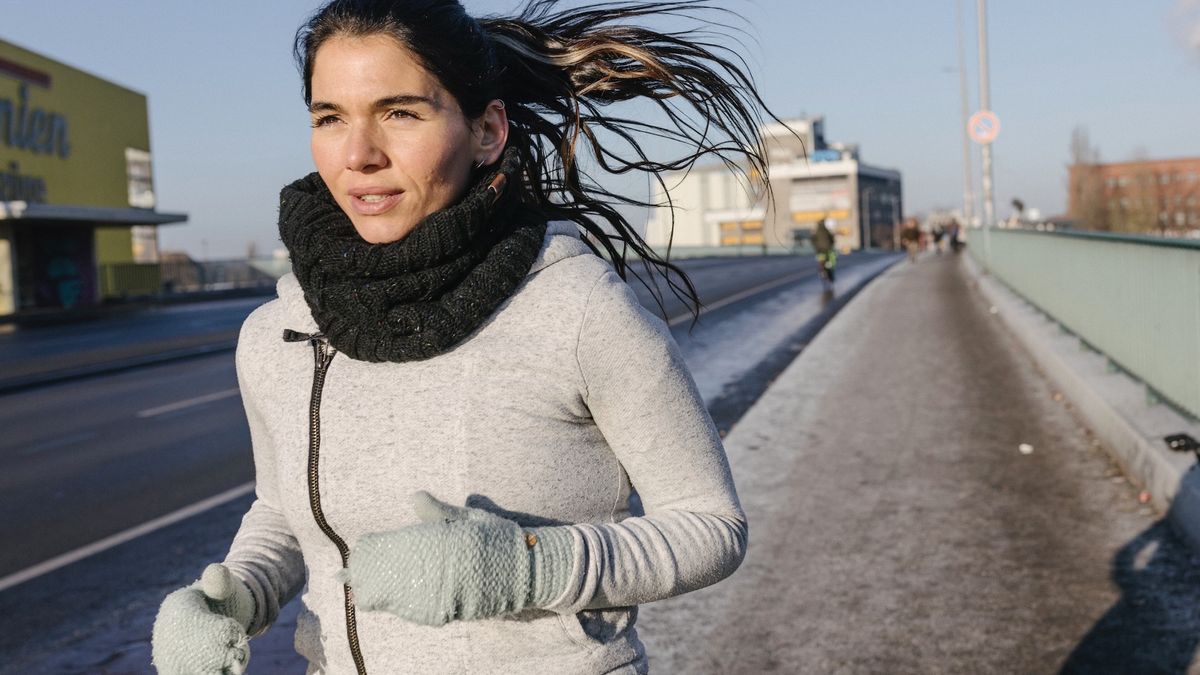
Winter can be a challenging time for runners especially because of the inclement weather. However, if you can find the motivation – and avoid a range of winter running mistakes – there are some surprising benefits of running through the winter. Here we explore some common winter running mistakes – and how you can avoid them.
The wrong footwear
Winter often brings rain, ice and snow, which means you need to think more carefully about your choice of running footwear. The wrong shoes could easily lead to a fall due to poor traction on the ice or snow. If it’s raining, you could end up with wet – and cold – feet.
To avoid these issues you should carefully choose your footwear for each winter run. If it’s wet, it could be a good idea to wear waterproof running shoes, usually with a Gore-Tex membrane. Add running shoe gaiters for further protection from the rain and puddles.
Trail shoes with studded soles work well if the snow is still soft but if you are heading out on ice or compacted snow, it is advisable to use Yaktrax or microspikes for added traction.
Cold feet can also be a problem in winter. Waterproof socks will not only keep your feet drier but they can aid warmth on a winter run as well. Another option is to wear thicker socks – such as hiking socks – or wear two pairs of thinner running socks for extra insulation. If you are wearing extra socks you might want to wear trail shoes that are a size larger.
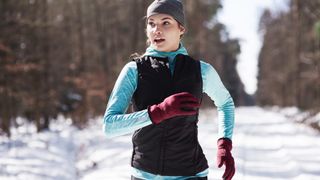
The wrong clothing
Another common winter running error often involves clothing. Issues include wearing too little clothing, forgetting a waterproof running jacket or gloves or heading out for longer run without plenty of spare clothing items. If you are not dressed for the weather, you’ll end up cold and wet or, worse still, suffering with Raynaud’s Syndrome or hypothermia
In winter, it’s more important than any other time of year to make sure you are properly clothed for the weather and that you have spare clothing with you in case it suddenly gets colder or wetter when you are running.
Advnture Newsletter
All the latest inspiration, tips and guides to help you plan your next Advnture!
A basic list of winter clothing includes running tights, baselayer, windproof jacket or waterproof jacket depending on the conditions, gloves, headwear and an insulated jacket if you are planning on a longer run.
Always err on the side of caution when running in winter and carry spare items of clothing with you. It is always better to be too warm than too cold.

Poor weather choice
A common running mistake in winter is failing to check, or pay heed, to the weather forecast. In the coldest season, it is possible to experience sudden weather changes from day to day and even hour to hour so it’s vital that runners check the forecast before heading out.
If the weather report is unfavourable, you could stick to a local or more familiar route so that you an easily cut it short if the conditions deteriorate further.
When wet weather is forecast, you could choose a more sheltered place to run, such as woodland or stay in an urban area rather than heading to open countryside or hills.
To avoid becoming too cold or wet if the forecast is for inclement weather, make sure you wear and carry the right winter running gear.
Sticking to Plan A
Even if your first idea - Plan A – is the one to really want to do, there should always a Plan B or C that you can choose to do. This applies to a great deal in life and also to running.
Sometimes – and especially in winter – trying to stick to Plan A can leave you in a potentially dangerous situation. To avoid the problems of icy pavements, windy hills and snowy or rainy conditions, try to pick your days and locations carefully for winter running.
It might be that a Plan B shorter running route is more advisable than going for the Plan A long run when the weather is against you.
And, if you can’t get outdoors for a run, why not head to the gym for a treadmill run or work on your strength and conditioning instead?

Running without a warm up
Starting a run when you are cold is said by many experts to be a bad idea. This is especially the case when it is also cold outdoors. Running with cold muscles can lead to injuries such as strains and pulls.
In addition, when you are running on winter ground, it is likely you will need to have better reactions than when running in the summer. You might need to jump and twist a bit more than normal to avoid ice and puddles, or you might be faced with snow when running that require you to lift your feet higher and find alternative foot placements.
To avoid the potential injures, it’s a good idea to follow a warm up routine to ensure your muscles and joints are in the right condition for a winter run.
Losing sight of your winter running mojo
Winter running can seem like a chore and many people lose their motivation to go outdoors because it's wet, cold or windy. However, there are benefits to winter running such as improved mental health and so it's a good idea to follow our guide to keeping your running mojo in the off season.

Fiona Russell is a widely published adventure journalist and blogger, better known as Fiona Outdoors. She is based in Scotland and is an all-round outdoors enthusiast with favorite activities including trail running, mountain walking, mountain biking, road cycling, triathlon and skiing (both downhill and backcountry). Aside from her own adventures, Fiona's biggest aim is to inspire others to enjoy getting outside and exploring, especially through her writing. She is also rarely seen without a running skort! Find out more at Fiona Outdoors.

